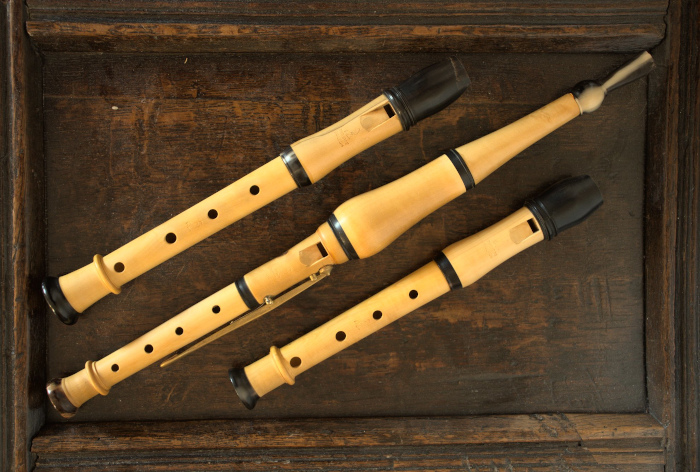PHILIPPE BOLTON
flageolets & recorders

The Flageolet
This site is dedicated to the French flageolet, an instrument that coexisted with the recorder in France from the Renaissance onwards, but did not go out of fashion after the baroque period, It was in fact played during the whole of the nineteenth century, and even into the twentieth century until the beginniing of the First World War.

During the 19th century it evolved differently in France and in England. The English verison has 6 holes on the front and uses increased breath pressure for playing in the upper octave, whereas the French instrument has 4 holes in front and 2 thumb holes on the back, the upper one being used for playing the high octave, as on the recorder. Double and even triple flageolets were made in England during the 19th century.
The nineteenth century flageolet currently has a windcap which has a positive influence on the sound quality and into which a small sponge can be inserted to absorb moisture. The instrument could also be fitted with one or several keys
The windcap seems to have appeared in the eighteenth century. It is mentioned in Diderot and d'Alembert's Encyclopédie as being a characteristic of the flageolet d'oiseau (bird flageolet) a high pitched instrument used for teaching tunes to canaries and other birds. Here we are shown the windcap assembled (fig. 5) and taken apart (fig. 6).

This drawing, from a book on musical acoustics by Victor Charles Mahillon published in 1874, shows a typical nineteenth century French flageolet, with its windcap and three keys.

This website is optimized for mobile and tablet devices.

